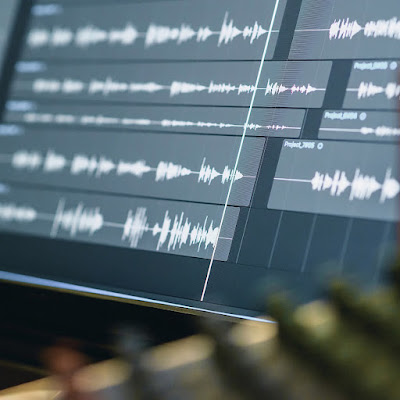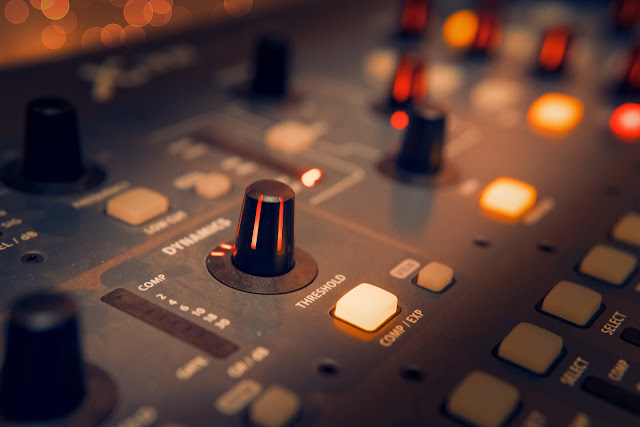Mastering Music Mixing: Understanding Frequency Separation
As an aspiring music producer, crafting songs that tell a compelling story and sound polished is challenging. One of the essential tools to achieve this is understanding “frequency separation.”
This blog will delve into how understanding the frequency ranges of various instruments can elevate your music production game.
Understanding Frequency Separation
Think of your music as a palette of colors. Frequency separation is akin to having distinct palettes for each sound in your mix.
It’s the art of dissecting sound into its individual parts, much like sorting art supplies into different boxes based on colors and types. In music, these “boxes” represent different frequency ranges.
The Significance of Frequency Separation
Clarity and Definition:
It helps define each instrument and voice clearly, giving each element in your song its unique space.
Preventing Frequency Clash:
Different instruments might overlap without frequency separation and create a messy mix.
Enhancing Focus:
It acts like a spotlight, allowing each instrument to shine individually.
Balancing the Mix:
Achieving the perfect balance in your music is like mixing paint colors to create the ideal shade.
Professional Sound:
Pros in the music industry rely on frequency separation to create polished, radio-ready tracks.
Practical Tips for Music Production
EQ Techniques:
Highlighting the Piano:
Boost mid and high frequencies to enhance clarity and presence. The piano’s versatility allows it to cover a broad frequency range, from 27.5 Hz to 4186.01 Hz.
Balancing Guitars:
Carve out space by emphasizing different frequency ranges for multiple guitars. The guitar’s warmth resides in its mid-range (329.63 - 1174.66 Hz), while the high frequencies contribute to its brightness.
Solid Bass Foundation:
Give the bass guitar low-end emphasis without overpowering other instruments. The bass guitar dominates the low-frequency spectrum, extending below 82.41 Hz up to 1174.66 Hz.
Vibrant Violin:
Enhance frequencies between 523.25 Hz and 1567.98 Hz to bring out the violin’s harmonics.
Creating Space in the Mix:
Pan Instruments:
Spatially separate instruments by panning them left or right to reduce overlapping frequencies.
Use Filters:
Apply high-pass and low-pass filters to remove unwanted frequencies and make room for other instruments.
Layer Sounds Thoughtfully:
Ensure that layered sounds, like strings, complement each other’s frequency ranges.
Understanding Technical Terms
For those new to music production, here’s some clarification:
Equalization (EQ):
A tool to adjust the balance between different frequency components.
High-Pass Filter: Lets high frequencies pass while cutting lows.
Low-Pass Filter:
Allows lows to pass while attenuating highs.
Stereo Field:
The spatial placement of sound from left to right.
Harmonics:
Higher-pitched tones that give instruments their unique character.
With this knowledge and these practical tips, you’re well-equipped to embark on a sonic journey.
Remember, music production is as much art as science, and practice will lead you to the perfect mix. So, let’s transform your musical creations into works of art!




Comments
Post a Comment